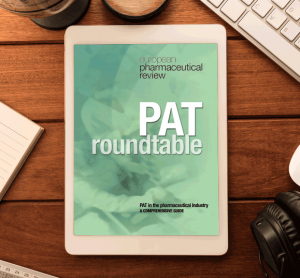In vivo drug target validation using RNAi
21 July 2007 | By Jost Seibler, Head of Technology Development, Artemis Pharmaceuticals and Frieder Schwenk, Principal Scientist, University of Applied Science, Department of Applied Natural Sciences, Gelsenkirchen, Germany
Among the genetic model organisms, the laboratory mouse (Mus musculus) has a predominant role in the study of human disease and in pre-clinical drug development. Apart from the high degree of sequence homology of mouse and human genomes, and similarities in many physiological aspects, advanced targeting technologies make the crucial…










